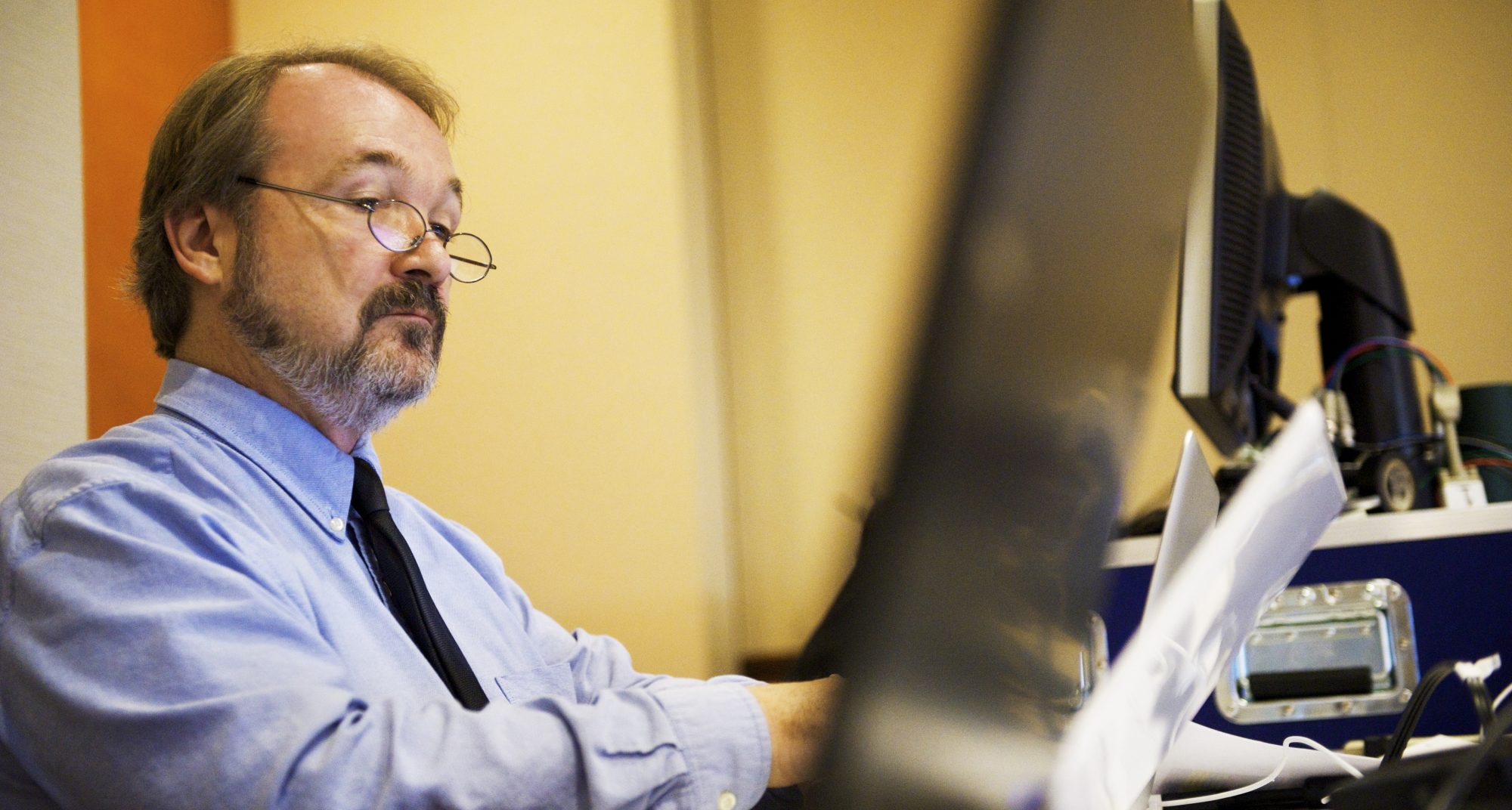
(image by vnwayne fan, via unsplash)
We talked yesterday about all the stuff that publishers wrap around “the thing” that a writer makes, in order to turn it into the cultural event that we’ve come to know as a book. But publishers aren’t the only people involved in telling us what a book is, and all of those other messages are also co-read along with the poor, innocent thing.
Bookstores are beautiful or grungy, nicely arrayed or heaped and mounded. But they also work in category systems, the most obvious of which is genre. Fiction and nonfiction, sure, (or as one bookstore has it on their wall posters, True and Made-Up). But then fiction and nonfiction are each subdivided into dozens of bands, geographically segregated, partially predigested before the reader ever encounters it. Is it cultural affairs or memoir? Is it historical fiction or romance? Those terms will be differently magnetic for different receivers.
Aside from genre, though, there are areas of the store called some variant of “New and Notable,” consigning everything else to being either exhausted or mediocre. Even after a book leaves the New table, it’ll be shelved face-out instead of spine-wise for a while, marking books that some staff person has taken a particular interest in and wants us all to notice. The others… well, good luck to you, you’re on your own. And then lonely, unpartnered books slowly migrate to some discount area of the store, a last half-price pause before they’re returned for credit.
Each of those booksellers’ decisions influence what we think, before we even have a chance to think at all.
There are lots of external folks who tell us what to think, too. Reviewers pass judgment on manuscripts that the rest of us may not yet have access to. Publishers have a whole mechanism of advance reader copies (ARCs) sent out to magazines and famous writers. That allows reviews to appear just in advance of the book’s actual release, like movie teasers put up before another Marvel explosion-pic.
Prizes and awards constitute further predigestion, a book or an author being lauded by The Serious People, a little gold star stuck to the cover of each subsequent copy. The Nobel and Pulitzer, the Booker Prize and the National Book Award, the Caldecott and the Newbery Medals, the Walter Scott (historical fiction) and the Orwell (political fiction) and Lambda (LGBTQ fiction). Within genres, the Dagger (crime and mystery), the Hugo (science fiction), the RITA (romance). Depending on how important the prize is, a book or writer needn’t even win it. Being a finalist is notable enough. Being “long-listed” for the Booker or National Book Award, meaning among the 20 books that the jury paid any attention to at all, provides some traction in a crowded literary market.
Maybe the book is part of a book club, and we find it because of our celebrity fandom. Oprah Winfrey, Reece Witherspoon, Sarah Jessica Parker, Jenna Bush Hager, Emma Roberts, Emma Watson, Shonda Rimes, all of them happy to tell you what you should read next in order to be a current, with-it fangirl. (Any celebrity book clubs sponsored by male celebrities? Umm… Jimmy Fallon? Former Colts quarterback Andrew Luck? That’s about all I can find.)
Your friends will tell you what to read, too. Some of them become trusted guides, and we’ll read whatever they put in our hands. We like it before we start, because those people have steered us right before.
And then there’s the one that’s most live for me right now, which is co-reading the book along with knowledge of the writer. A book written by someone not known to us can be experienced more independently than a book written by someone we know, or think we know. A book by Rachel Maddow carries all of our experience of watching her show for ten years. A book by your friend carries questions of alignment between the factual life you know (or think you know) and the fictional lives portrayed. How does he know that? we wonder. Maybe he’s spent time in prison himself, if he knows that much about it. I’ve had friends ask me if I’ve raised an adopted child, if I’ve been in seminary, if I’ve lived in Ho Chi Minh City. I’ve had friends diagnose a book as being about Nora’s and my careers and choice of places to live. It’s an array of paratext I’d never considered before my “things” became books and flew the nest into the hands of friends. I guess it’s a testament to my work’s believability that people ask, but I don’t always like it.
Words, characters, stories are all pre-read, co-read, counter-read in the context (another word for paratext, of course) of a vast array of subtle commentary. Writers’ things are not isolated acts once they leave thing-ness and become books; they fall into a broad range of ongoing conversations, which is both a strength and a hindrance. The book can be lifted beyond its own power to rise; it can be misshapen through unintended adjacency with other ideas.
And the writer has control over absolutely none of that. Those are all external actions undertaken by innumerable others, all of which are beyond our influence. It’s a humbling, surprisingly powerless place to be. We have total control over the thing, no control at all after the thing is released to its independent life.
Fly free, little ones. I hope you’ll find new friends of your own.








